The Art of Driving by Lexus and Wallpaper*
Starting from the premise that there are parallels between car design and an art installation, in the way space, colour and form are manipulated, Lexus and Wallpaper* have teamed up with two visual artists to create a pair of one-off installations customized for the new Lexus IS 300h and IS 300h F SPORT
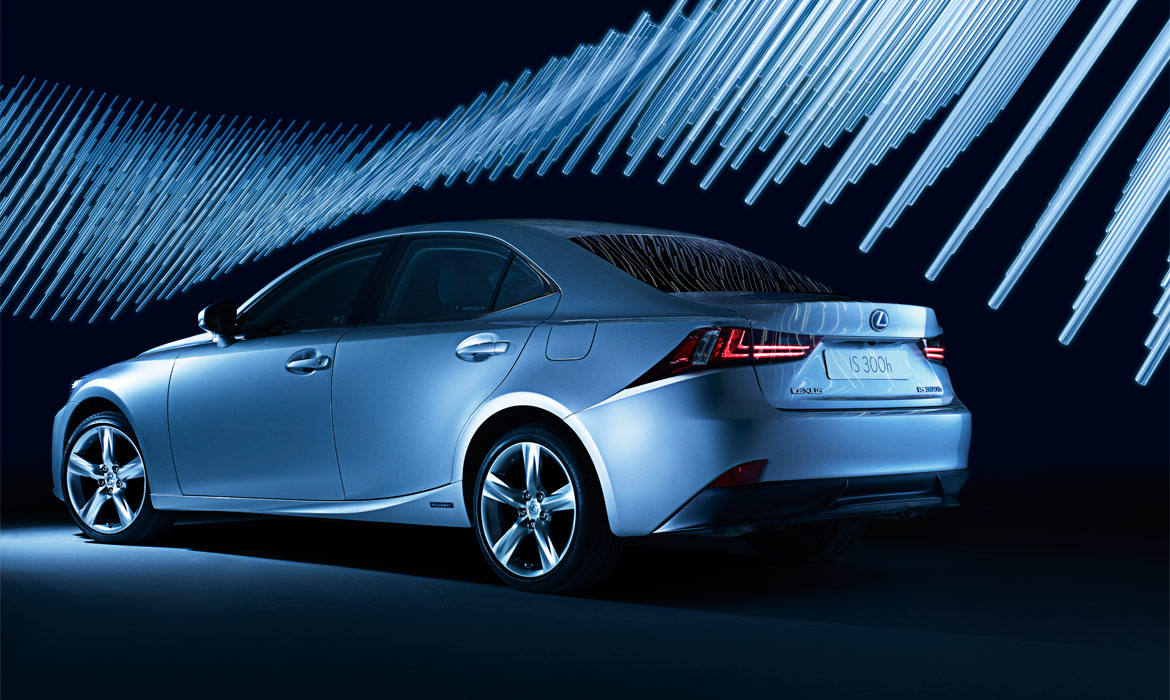
Since setting up her own architectural practice in 2009, the Madrid- and London-based Parreño has been busy designing buildings around the world, as well as teaching design at the MIT School of Architecture + Planning in Cambridge, Massachusetts. Here, we catch up with Parreño...
Wallpaper*: Can you tell us about your installation?
Cristina Parreño: The installation is an attempt to capture movement in a still construction. The project pays homage to Étienne-Jules Marey’s 1882 chronophotographic gun. It could take 12 consecutive frames a second and record the frames on the same picture, which allowed Marey to conduct studies of the movement of living beings and abstract forms. The installation envisions the reconstruction of those images back to reality, the idea being that the movement of an element is represented by the repetition of that same object in different positions. A series of lines constructed by translucent tubes play with light and space to produce the illusion of movement around the Lexus IS.
W*: Is there a correlation between car design and building design?
CP: The car industry has always attracted the interest of architects. During the modernist movement, in particular, architects glorified motor vehicles for their functional beauty and modern manufacturing processes. The building industry, which is primarily ‘customised’, started to be thought of in terms of ‘mass production’, a concept that belonged to the car industry and which was espoused by Le Corbusier. There are important correlations between car and building design in that both have to deal with issues of technology, function, structure, efficiency and aesthetics. However, the car industry has been able to adapt faster to the advances of technology because of its relation to mass-market economies. The building industry should learn how to integrate design and technology from the car industry.
W*: What elements of the Lexus ‘amazing control’ concept did you find inspiring?
CP: Power and efficiency in perfect balance speaks about strength and precision, about structure and equilibrium. Those are very architectural ideas that suggest the possibility that structure and performance are integrated.
Wallpaper* Newsletter
Receive our daily digest of inspiration, escapism and design stories from around the world direct to your inbox.
Jonathan Bell has written for Wallpaper* magazine since 1999, covering everything from architecture and transport design to books, tech and graphic design. He is now the magazine’s Transport and Technology Editor. Jonathan has written and edited 15 books, including Concept Car Design, 21st Century House, and The New Modern House. He is also the host of Wallpaper’s first podcast.
-
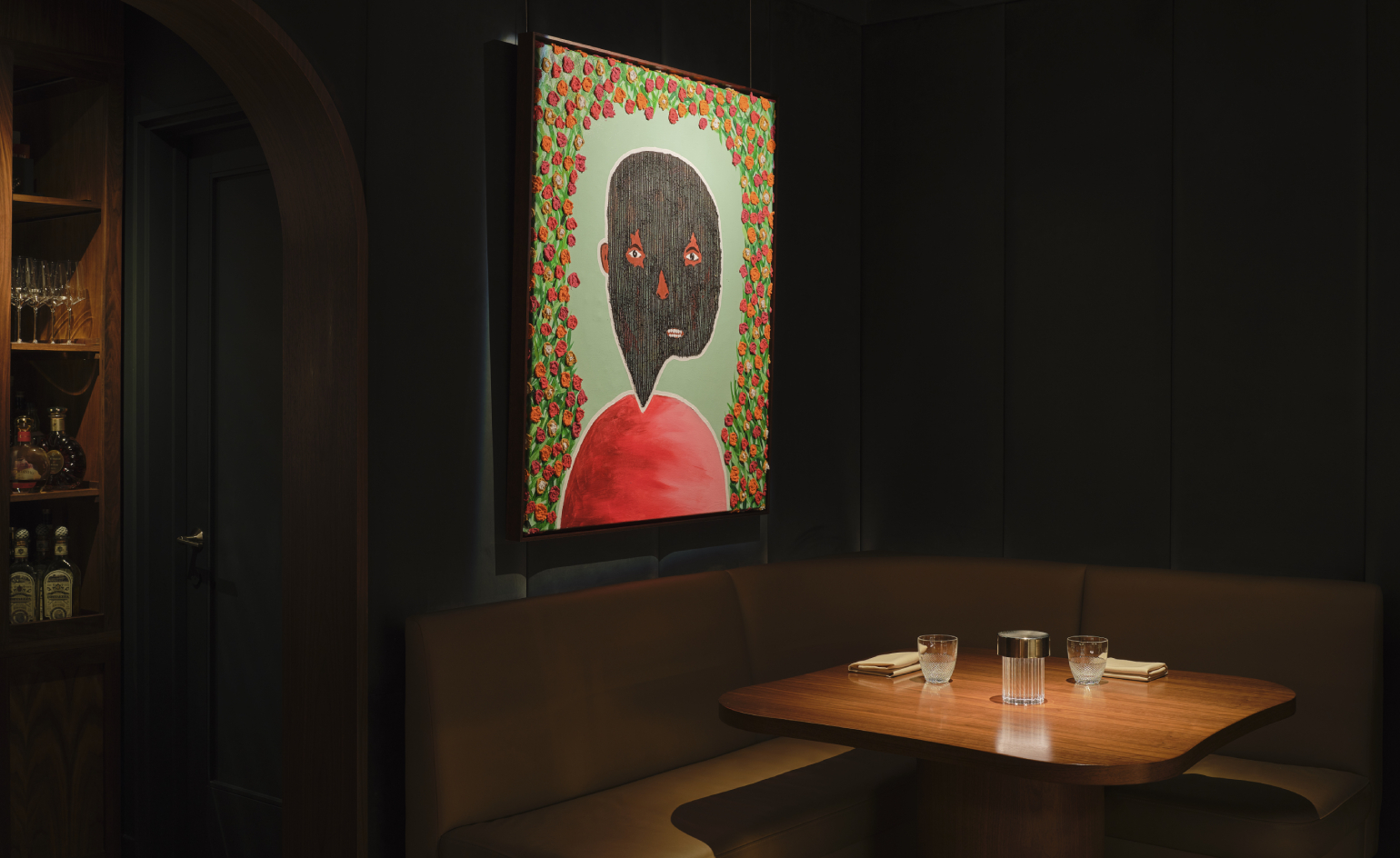 Visit this Michelin-star New York restaurant that doubles as an art gallery
Visit this Michelin-star New York restaurant that doubles as an art galleryArtist Mr.StarCity is exhibiting his emotionally charged yet optimistic ‘Bloomers’ portrait series at Frevo, a Greenwich Village hidden haunt
By Adrian Madlener
-
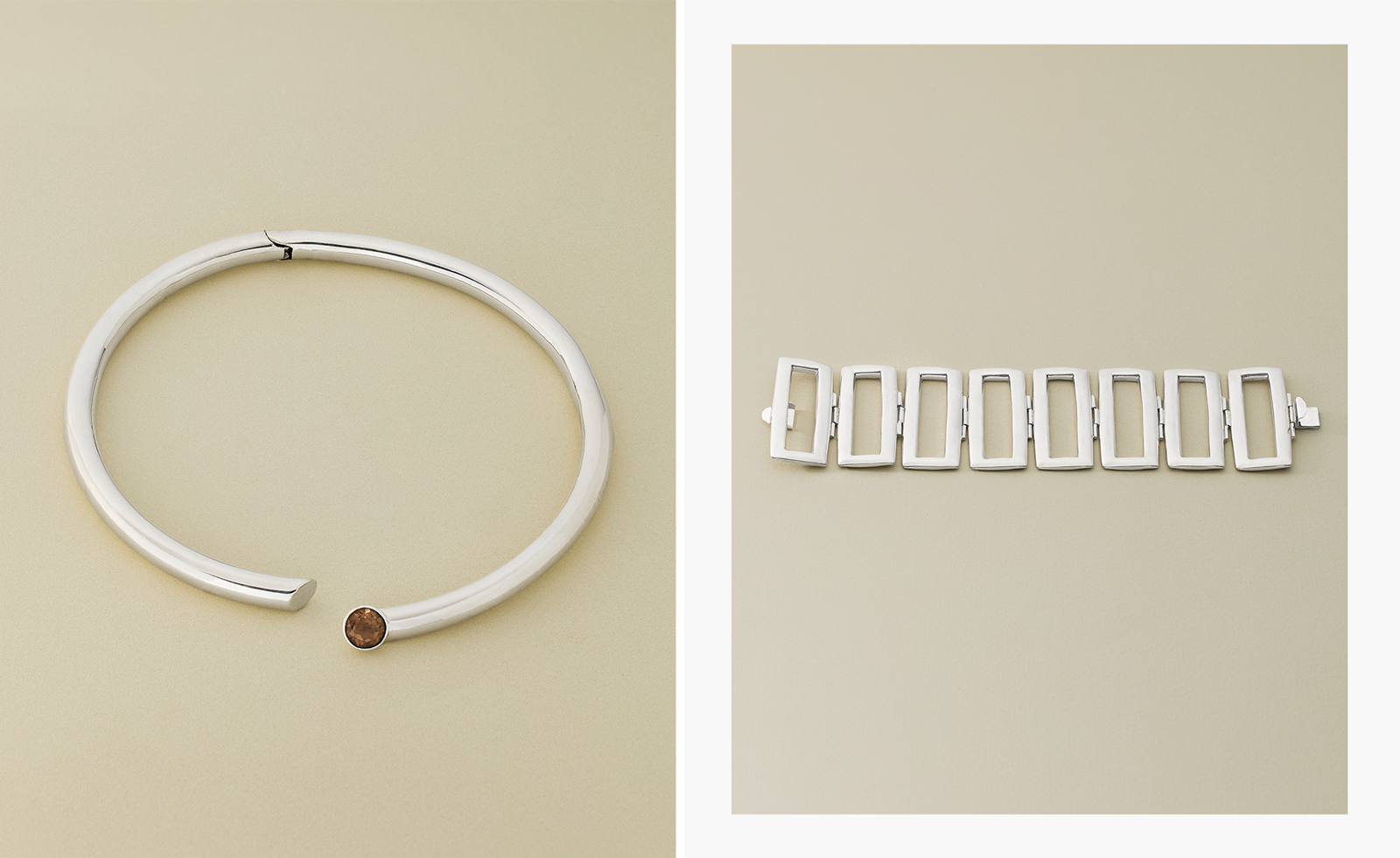 Nina Runsdorf brings classic jewellery back to life to mark 20 years
Nina Runsdorf brings classic jewellery back to life to mark 20 yearsNew York-based jewellery designer Nina Runsdorf celebrates her eponymous brand’s anniversary with a new jewellery collection, ‘Archive’
By Hannah Silver
-
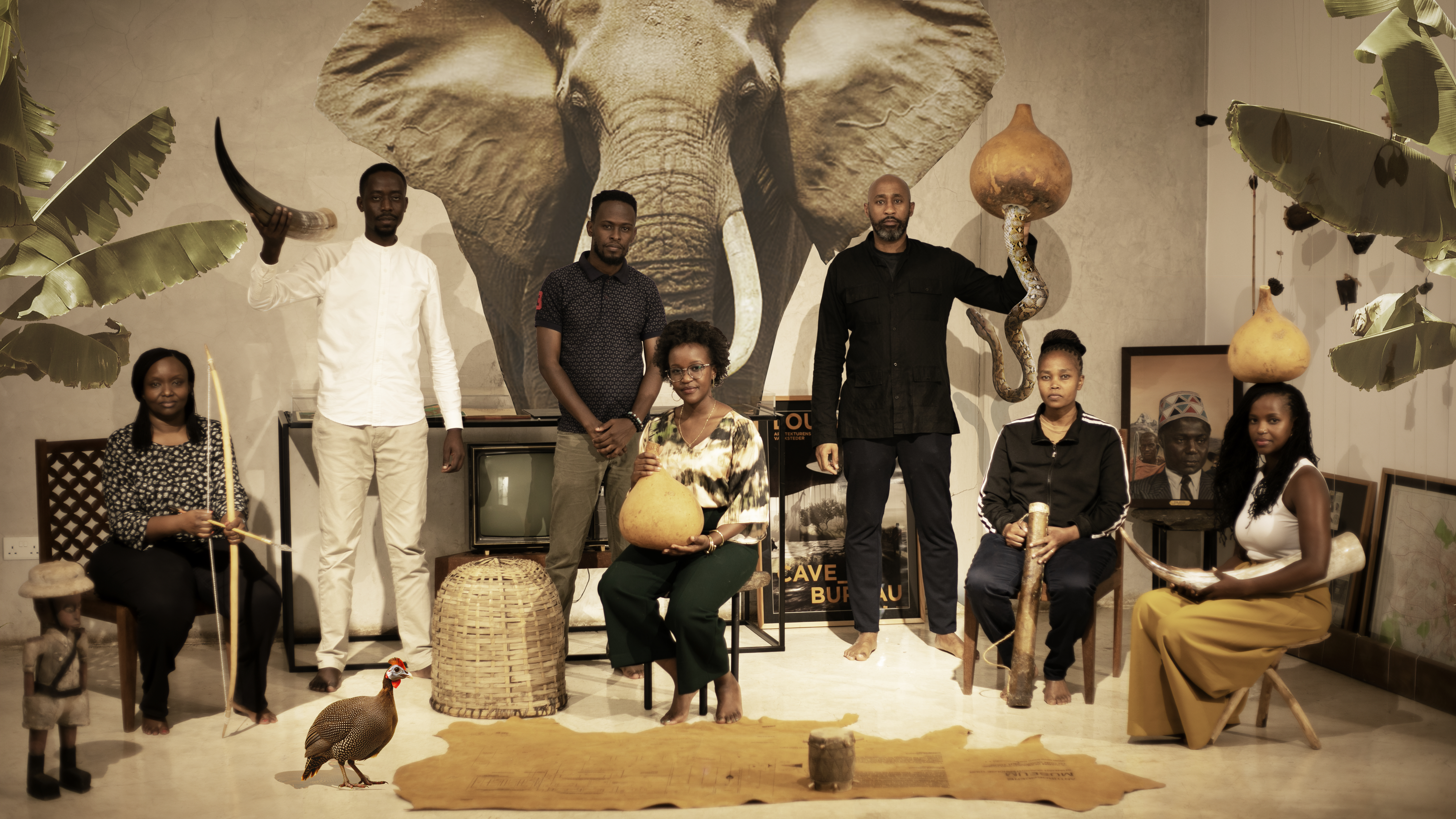 Enter the world of Cave Bureau, and its architectural and geological explorations
Enter the world of Cave Bureau, and its architectural and geological explorationsNairobi practice Cave Bureau explores architecture’s role in the geological afterlives of colonialism, as part of a team exhibiting at the British pavilion at the Venice Architecture Biennale 2025
By Marwa El Mubark
-
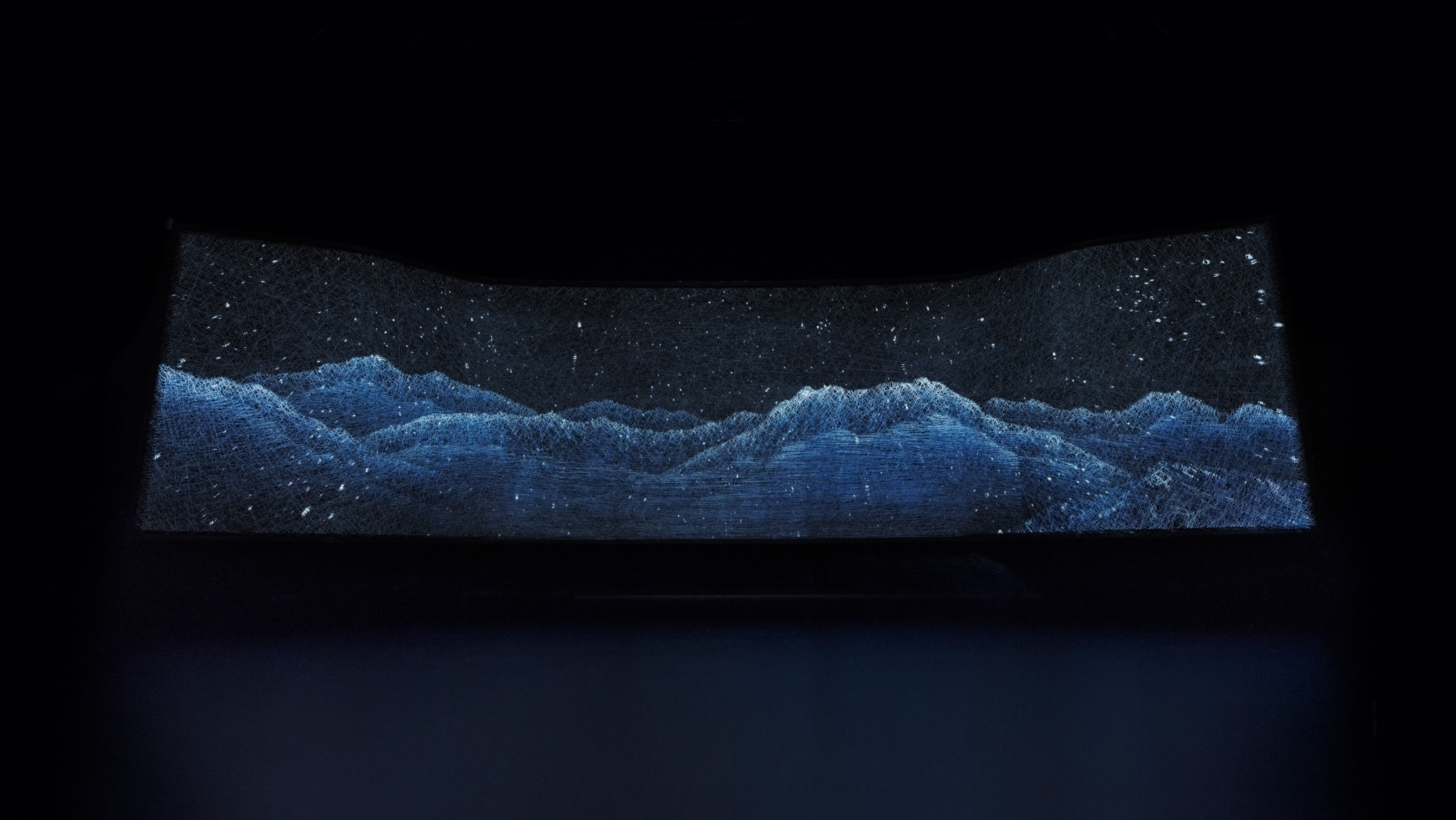 Lexus makes its mark on Milan Design Week 2025 with four new interactive installations
Lexus makes its mark on Milan Design Week 2025 with four new interactive installationsLexus’ annual installation at Milan Design Week focuses on human-centred technology and the role of data and design in shaping the luxury car of the future
By Jonathan Bell
-
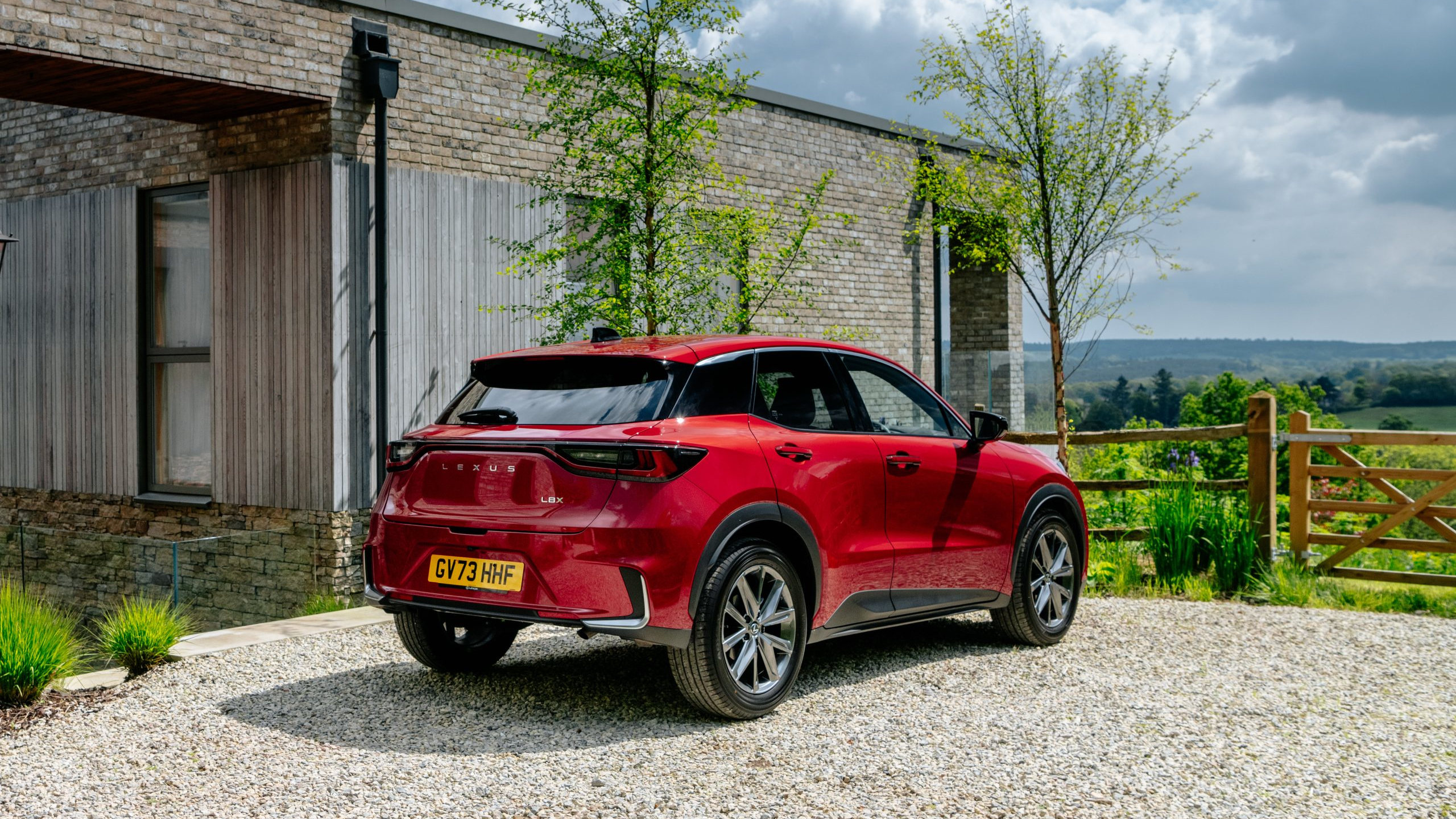 The Lexus LBX crams automotive luxury into a pocket-sized contemporary package
The Lexus LBX crams automotive luxury into a pocket-sized contemporary packageWe explore the world of Lexus’s diminutive LBX, and ponder on the validity of luxury design in a super small car
By Jonathan Bell
-
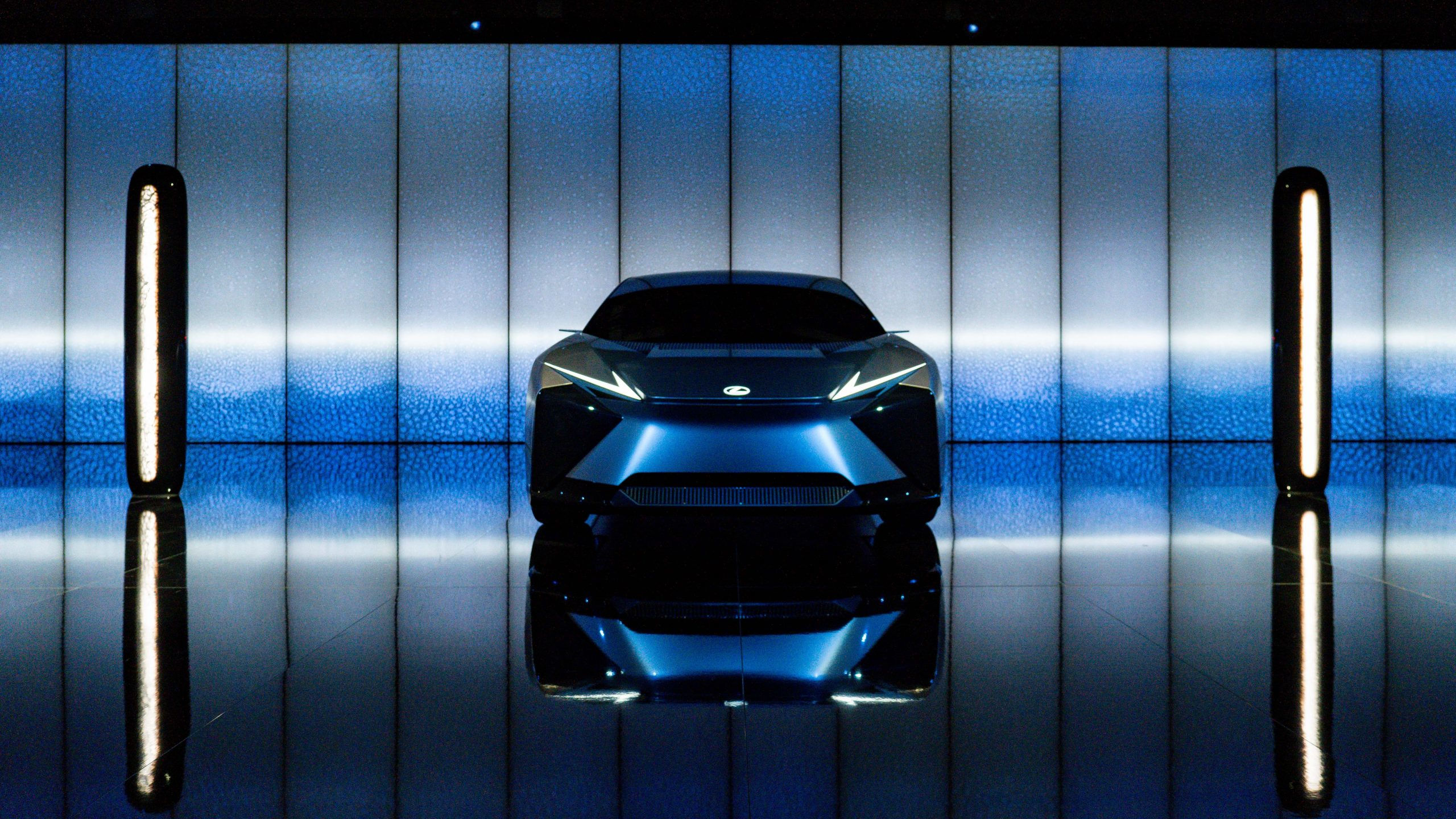 Lexus installation explores time at Milan Design Week 2024
Lexus installation explores time at Milan Design Week 2024Lexus brought designer Hideki Yoshimoto’s ‘Beyond the Horizon’ to Milan’s Art Point, part of its ongoing series of collaborations with Fuorisalone
By Nargess Shahmanesh Banks
-
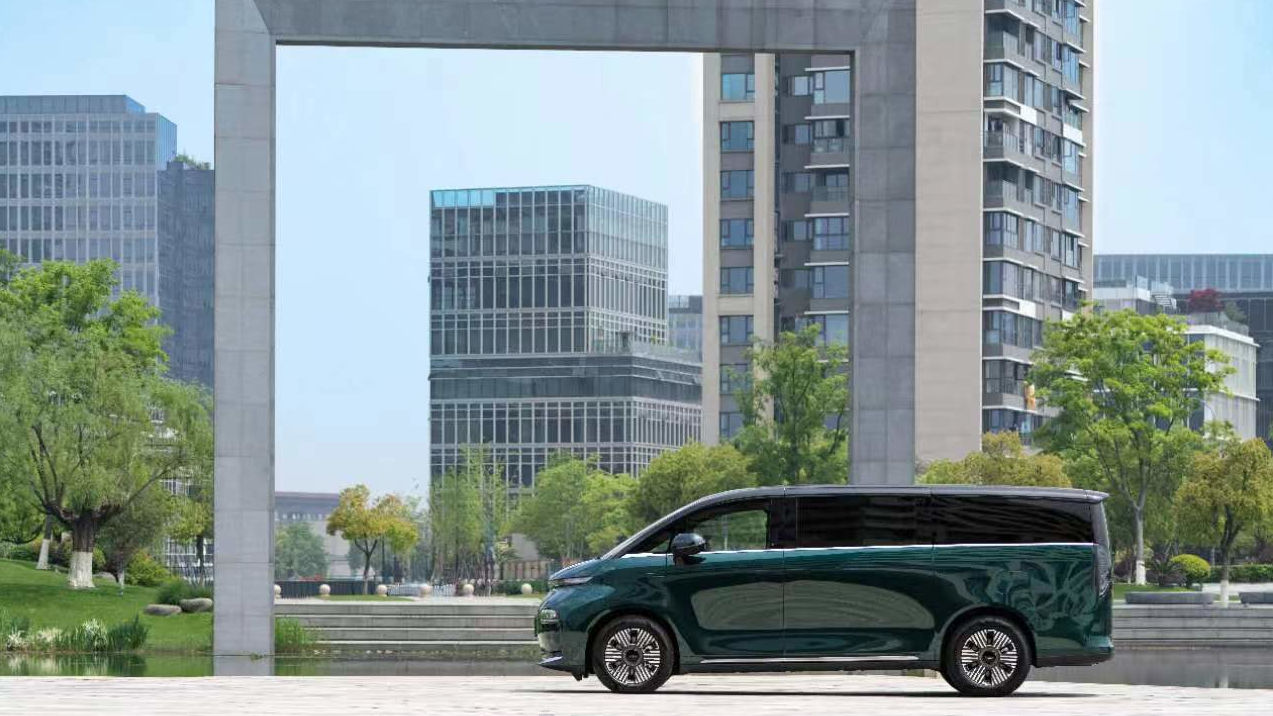 LEVC’s L380 is a truly magnificent minivan
LEVC’s L380 is a truly magnificent minivanThe London Electric Vehicle Company’s L380, is a magnificent minivan designed for upscale long-distance travel, as the maker of the London Taxi branches out into all-purpose EVs
By Jonathan Bell
-
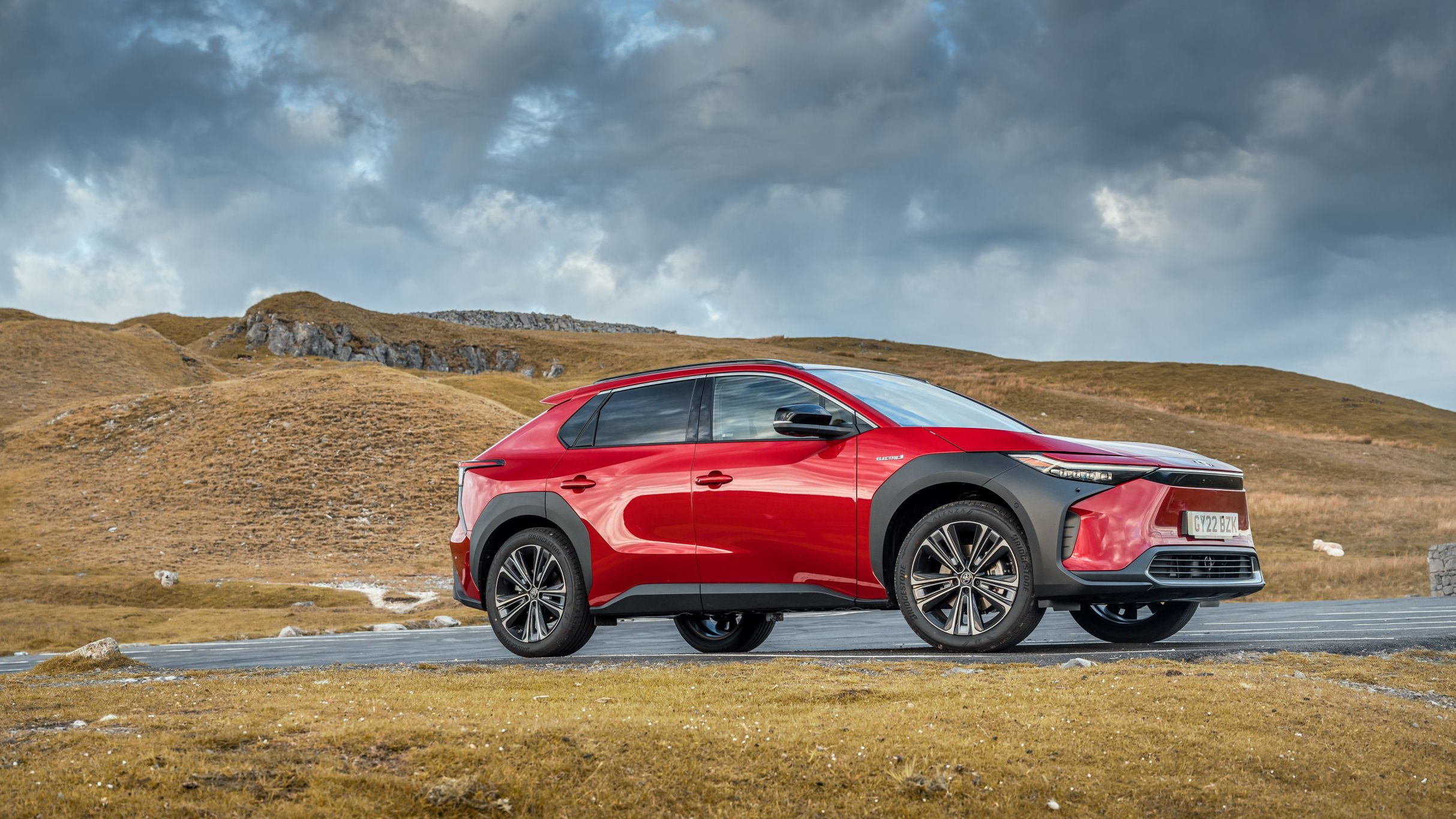 Toyota bz4X SUV is the marque’s first pure electric vehicle
Toyota bz4X SUV is the marque’s first pure electric vehicleThe Toyota bz4X is our first chance to explore how the long-standing masters of mass automobile production make an EV
By Jonathan Bell
-
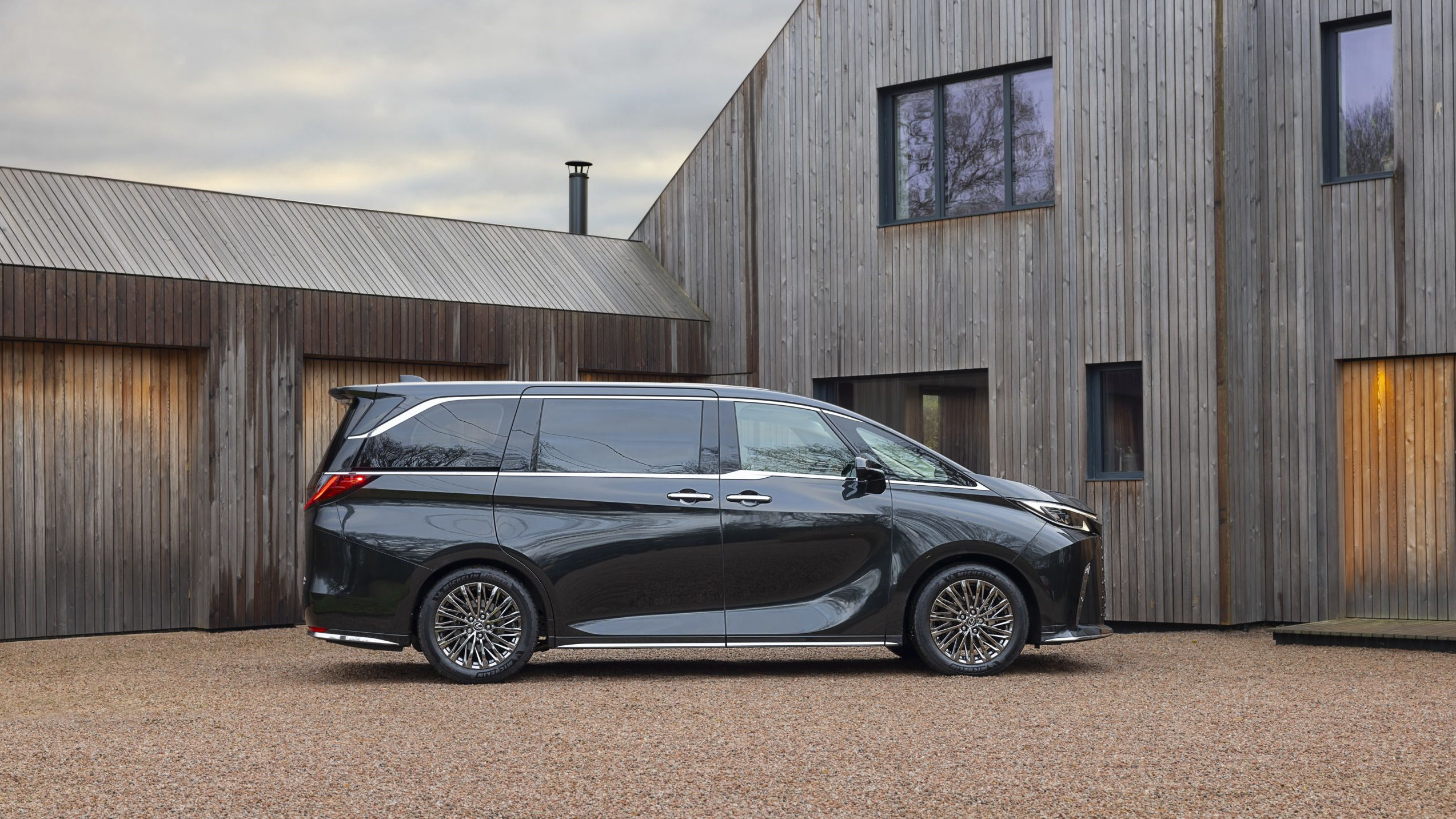 Lexus LM wants you to have the back-seat ride of your life
Lexus LM wants you to have the back-seat ride of your lifeThe back of the Lexus LM has the space, grace and accoutrements to rival a Rolls-Royce. Can this upscale minivan reinvent the luxury car?
By Jonathan Bell
-
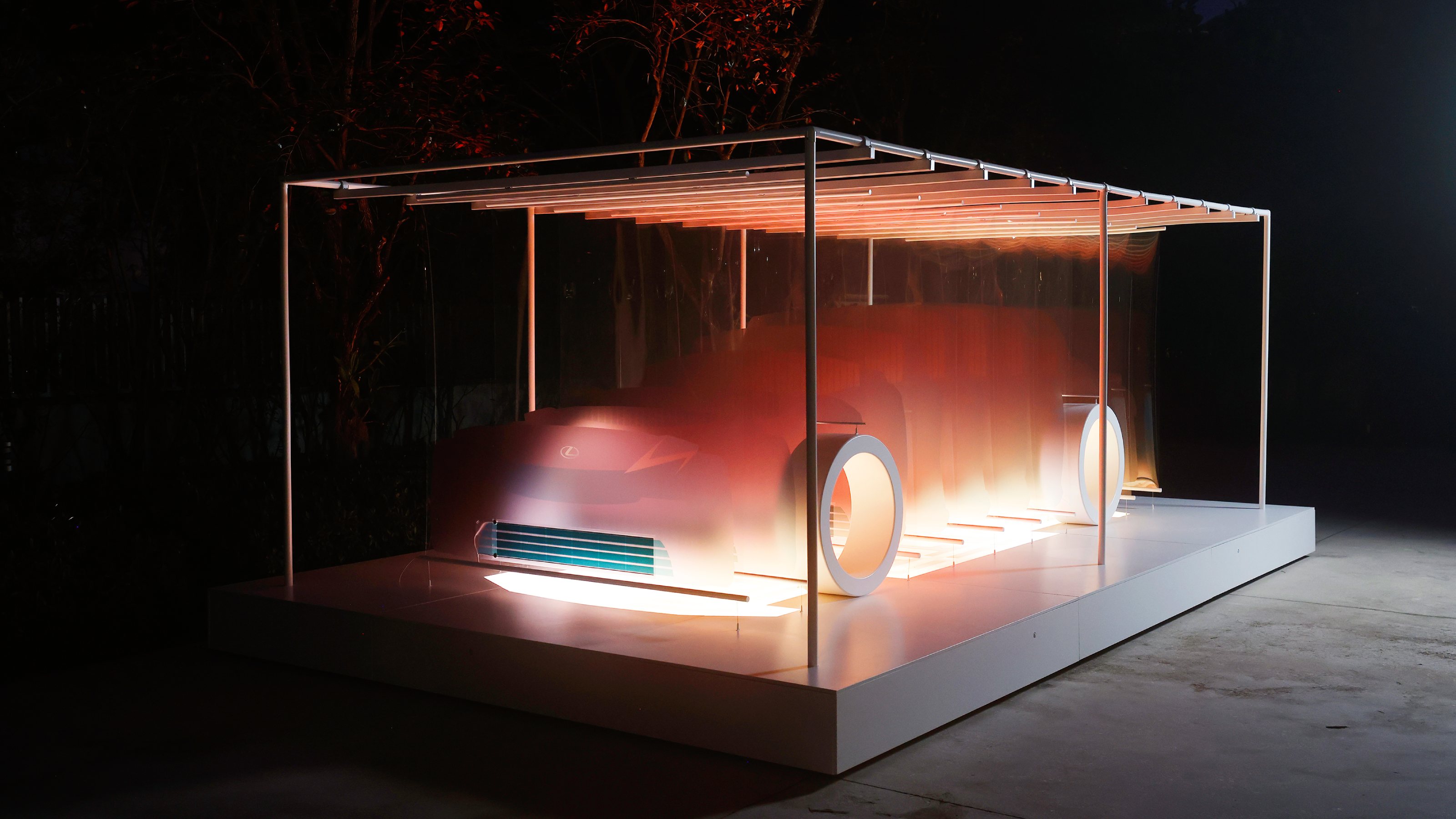 Marjan van Aubel’s ‘8 Minutes and 20 Seconds’ installation with Lexus is our Best Solar Roller
Marjan van Aubel’s ‘8 Minutes and 20 Seconds’ installation with Lexus is our Best Solar RollerThe Dutch solar designer Marjan van Aubel mounted an interactive installation in Miami to introduce Lexus’ new zero-emission LF-ZC concept car
By Adrian Madlener
-
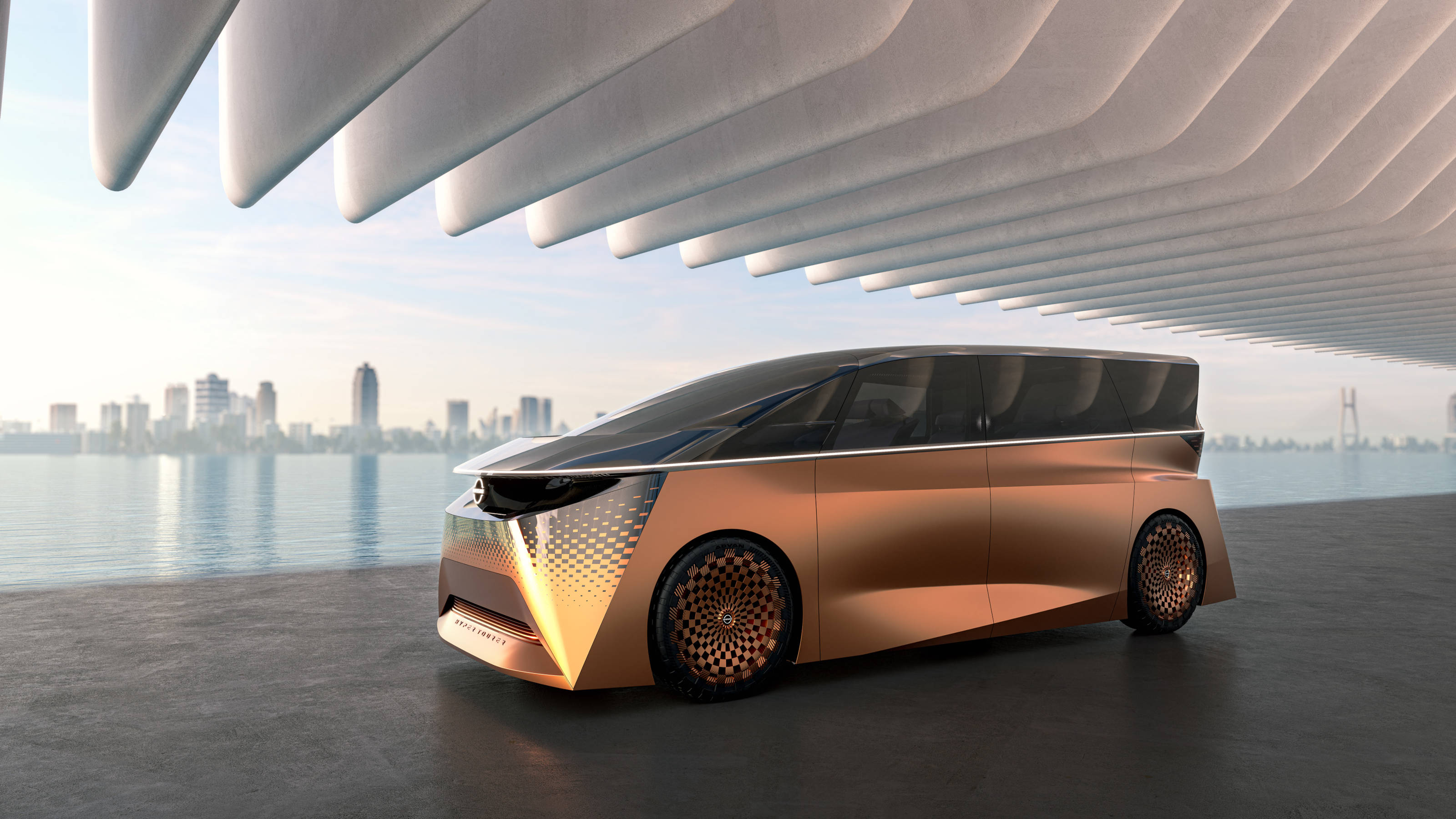 The debut Japan Mobility Show saw the country’s carmakers preview the near future
The debut Japan Mobility Show saw the country’s carmakers preview the near futureThe 2023 Japan Mobility Show offered up a vast array of futuristic transportation, from concept sports cars to autonomous taxis, and eVTOL aircraft
By Jonathan Bell